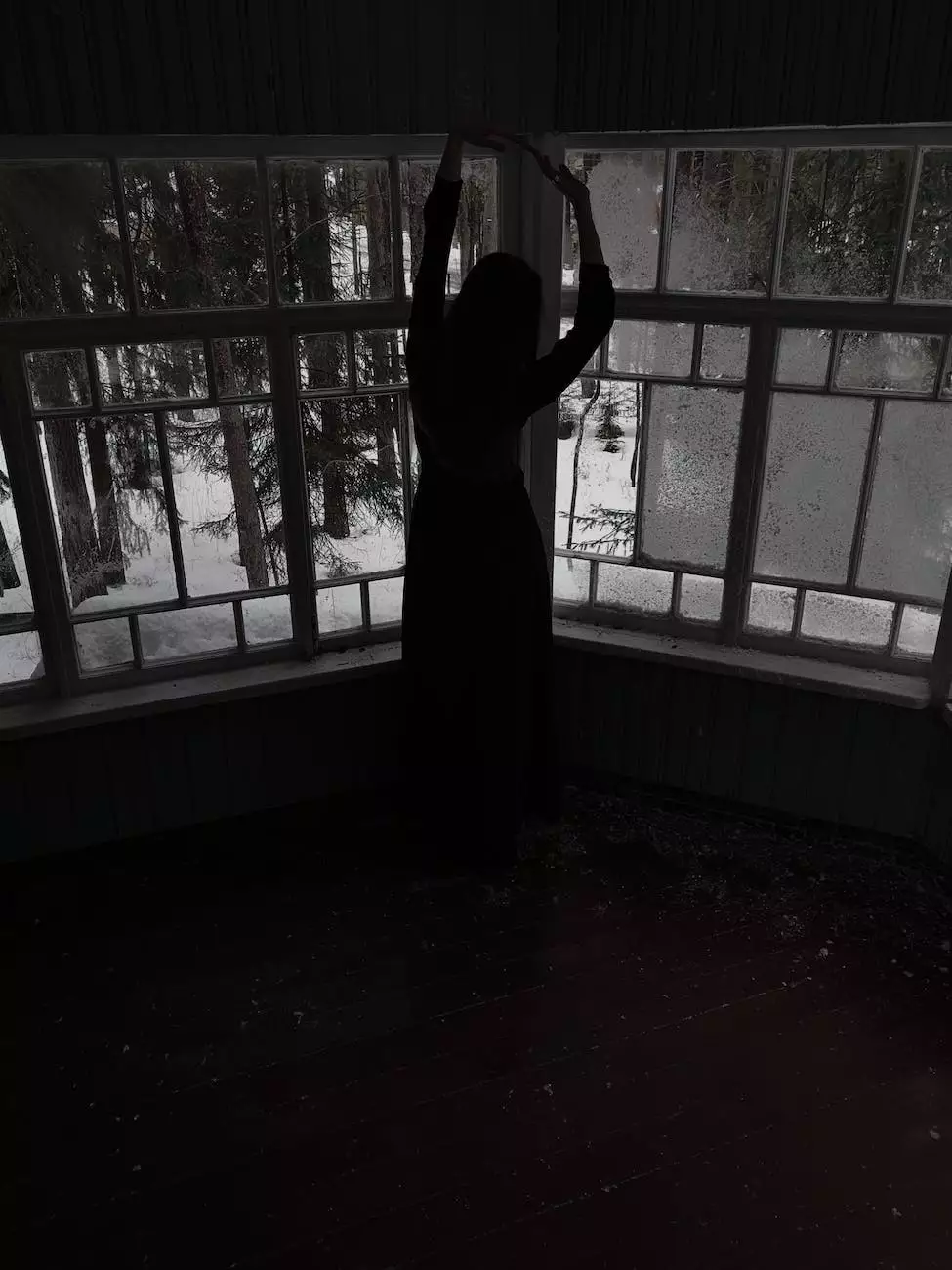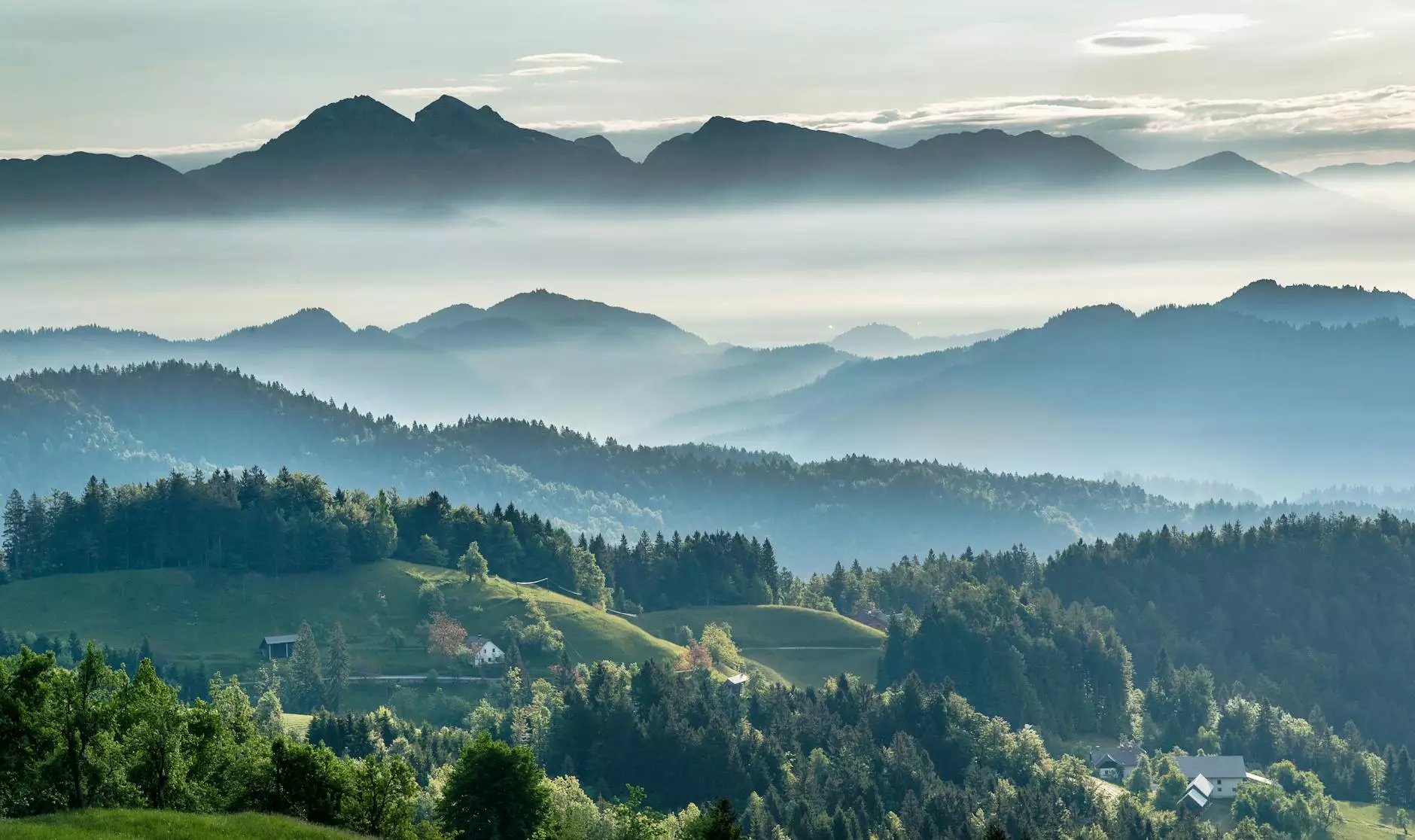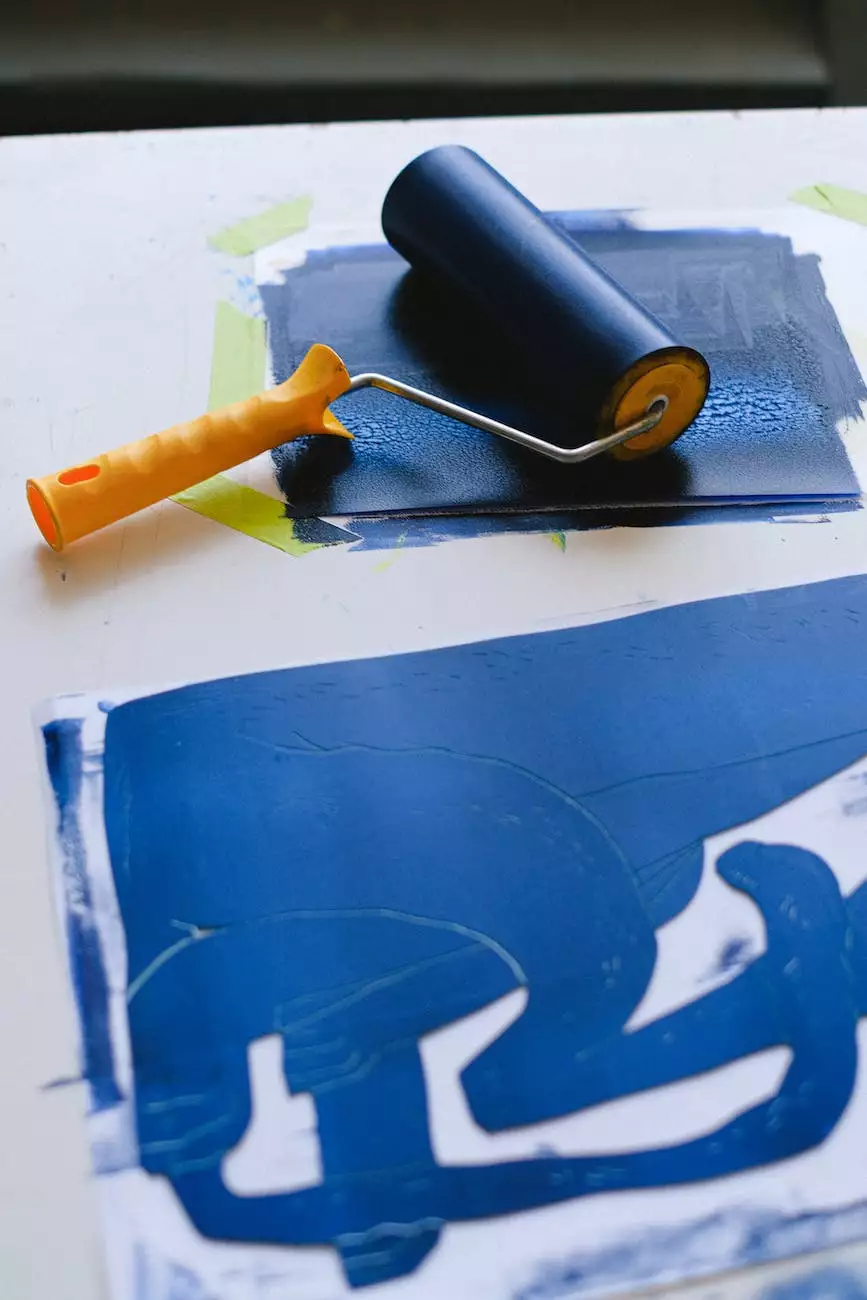Welcome to Cenla’s Elite Studio & Cheer Team - How to Build a Forest
Events
Introduction
At Cenla’s Elite Studio & Cheer Team, we understand the importance of creating captivating environments for performing arts productions. In this guide, we will take you through the step-by-step process of building a forest on stage, offering valuable insights and tips to help you create an awe-inspiring setting for your performances.
The Importance of a Captivating Forest Setting
Building a forest on stage adds depth, realism, and intrigue to your performances. It allows your actors to fully immerse themselves in their roles, while providing your audience with a visually stunning experience. A well-constructed forest can set the tone for the entire production and enhance the overall storytelling.
Step 1: Planning and Research
Before embarking on any set design project, it's crucial to conduct thorough planning and research. Start by analyzing the specific needs and requirements of your performance. Consider the time period, genre, and mood of the production. This will help you determine the type of forest you want to create and the overall atmosphere you wish to convey.
Additionally, gather inspiration from various sources such as books, movies, and existing stage productions. Take note of different forest elements, like trees, foliage, lighting, and sound effects, to get a better understanding of the visual elements you want to replicate.
Step 2: Creating a Forest Set Design
After the initial planning phase, it's time to start translating your ideas into a physical set design. Begin by sketching out the layout of the stage and determining the dimensions needed for your forest. Consider the scale and proportions to ensure a realistic representation.
Next, focus on the key components that make up a forest setting:
- Trees and Foliage: Incorporate various types of trees and foliage to create depth and texture. Select props and materials that resemble the desired species, and ensure they are securely mounted on stage.
- Lighting: Proper lighting can enhance the ambiance of your forest. Experiment with different lighting techniques to mimic natural sunlight filtering through the trees or create a mystical atmosphere during nighttime scenes.
- Sound Effects: Use sound effects like birds chirping, rustling leaves, or gentle breezes to add a realistic touch to your forest.
- Pathways and Clearings: Create pathways and clearings within the forest to allow actors to move seamlessly. This adds functionality to the set design and ensures practicality during performances.
Step 3: Materials and Construction
Once you have your set design in place, it's time to gather the necessary materials and begin the construction process. Consider the following:
- Props and Scenic Materials: Source or create props and scenic materials that accurately represent the forest environment you are trying to recreate. This includes tree trunks, branches, leaves, and any additional foliage.
- Paint and Colors: Utilize appropriate paint colors to create realistic tree textures and blend them seamlessly with the rest of the set. Pay attention to the details, such as moss or bark patterns, to achieve a natural look.
- Framework and Supports: Construct a stable framework for the trees and other scenery elements. This ensures proper support and prevents any accidents or collapses during performances.
Step 4: Adding the Finishing Touches
As you near the completion of building your forest, it's essential to add the finishing touches that will elevate its authenticity. Consider incorporating the following elements:
- Details and Small Props: Place small props like rocks, fallen leaves, or woodland creatures throughout the forest to enhance the realism and create an immersive experience for the audience.
- Special Effects: Explore the use of special effects to enhance specific scenes within the forest. This could include fog machines, projected images, or animatronics.
- Costumes and Makeup: Coordinate your performers' costumes and makeup with the forest setting to ensure a cohesive visual experience for the audience.
Step 5: Rehearsing and Refining
Once the forest set is completed, it's time to incorporate it into your rehearsals. Allow your actors to become familiar with the set, practice their movements within the forest, and provide feedback on any adjustments or refinements needed.
Pay close attention to sightlines, accessibility, and safety considerations to ensure a smooth and seamless performance. Make any necessary modifications based on feedback to optimize the overall experience for both the performers and the audience.
Conclusion
Building a forest for your performing arts production may seem like a daunting task, but with proper planning, research, and execution, you can create a breathtaking setting that will leave a lasting impression.
At Cenla’s Elite Studio & Cheer Team, we understand the importance of creating immersive environments for performing arts. We hope this guide has provided you with valuable insights and inspiration to build a forest that will elevate your productions to new heights.
For further assistance or to learn more about our services, feel free to contact us. We look forward to helping you create memorable experiences through the power of stunning set design.









